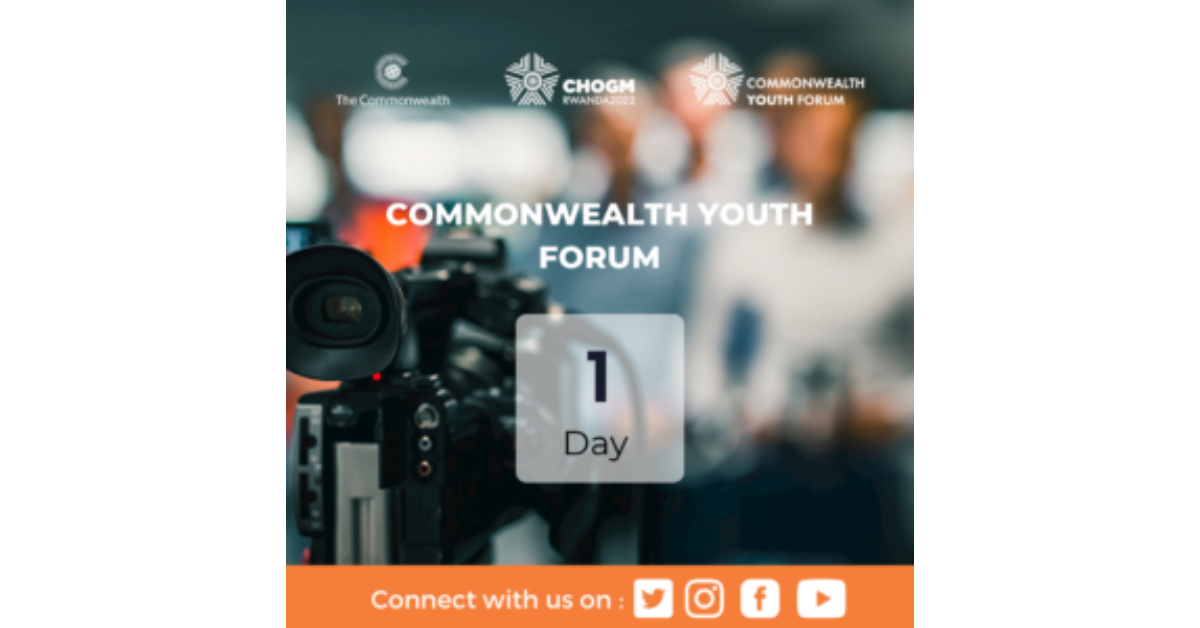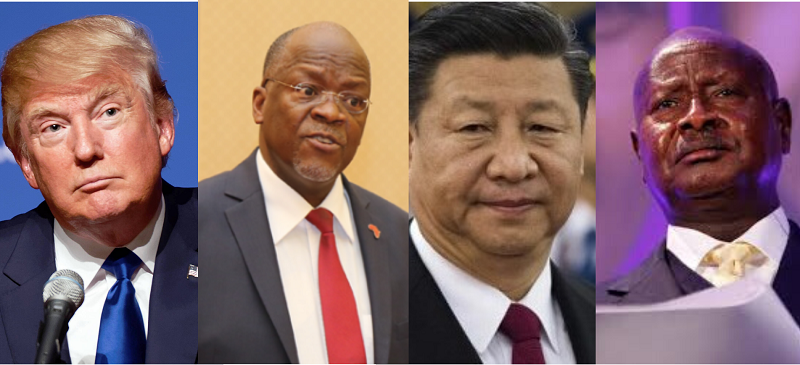Latest: How to Save Multiculturalism
February 21
U.K. Prime Minister David Cameron just reignited the debate on “multiculturalism,” joining ranks with German Chancellor Angela Merkel and French President Sarkozy by declaring their multicultural policies a “failure.” As a U.S. passport carrying, multilingual, daughter of immigrants, and as a mother of aspiring global citizens, such a defeat felt like a kick in the gut. In my travels speaking to diverse audiences on gaining a global perspective and the tools contained in my book,Growing Up Global: Raising Children to Be At Home in the World, I’ve seen quite the opposite: individuals of varied backgrounds coming together to raise beautiful families, make friends across cultural and ideological lines, and take tangible steps toward building a better world for their children.
Upon closer review, David Cameron’s justification for the failure of multiculturalism seemed reasonable: “Under the doctrine of state multiculturalism, we have encouraged different cultures to live separate lives, apart from each other and apart from the mainstream.” Speaking specifically of radical Muslim youth, Cameron argued this resulted in marginalization, rootlessness, and “behaving in ways that run completely counter to our values.”
Like most words that end in “-ism,” the policy of multiculturalism divided people rather than it building connections among them. Unity and diversity became mutually exclusive. This resulted in too many immigrants not gaining opportunities to move into better neighborhoods, attend those schools, or marry outside their confined groups. That version of “multiculturalism” resulted in ghettoization, produced a violently radicalized youth, and served as a excuse for racism; that version of “multiculturalism” is a failure.
By contrast, in the United States, the immigration policies of the 1960s opened doors for the children of immigrants, and the U.S. grew stronger for it. Think Google founder Sergey Brin, Oprah’s Dr. Oz, Republican Governors Bobby Jindal (Louisiana) and Nikki Haley (South Carolina), and President Obama, whose father came to Hawaii in the 1960s on an academic scholarship.
That said, things are very different for post-2000 immigrants to the United States. More states are considering Arizona-style immigration laws, and would like to follow European policies, like restricting citizenship and educational opportunities for children of immigrants—exactly the marginalization that bred Europe’s violent radicalization; and the opposite of what made us new Americans proud Americans.
I would like to see “multicultural” become a good word again, and disassociate it from failure, marginalization, and segregation—before this weakens America. I believe it begins in hearts and minds. Start by removing fear. “Love is a light that never dwelleth in a heart possessed by fear.” This applies to the individual—we can’t love fully when afraid—and to our society, which fear sometimes permeates: Fear the bearded man boarding your flight to Orlando; build a higher fence at our southern border; send the foreign engineers back to their countries; don’t socialize with the person who prays differently from you. When we succomb to these fears, our nation is paralyzed and polarized by doubt and division. America became admired as the land of pioneers, fearless dreamers, and optimists of all stripes. Divisive outlooks undermine what made this country great.
So, for those interested in building thriving, inclusive communities to reflect the beauty of humanity’s diversity, and raising a generation of children who embrace their global citizenship (and succeed because of it), start here:
1. Invite families from diverse backgrounds to your home for a meal. Opening your table, however humble, to break bread is a powerful, timeless act of building peace. As busy as you are, go to your calendar today and commit to a date.
2. Highlight acts of courage, justice and inclusion in your conversations with your family. This can begin with considering who gets a birthday party invitation or dynamics on the playground. With time, these observations become more nuanced, building emotional resilience, moral courage, and the ability to discuss a range of issues with a range of people.
3. Use metaphors to help understand the power of unity in diversity. An eco-system is stronger amidst biodiversity; a garden is more beautiful with flowers of different colors, sizes, and fragrances; a symphony’s complex tune is made by distinct instruments working together. Appreciate differences so you don’t fear them.
4. Expose your family to music, film, literature and sports from around the world. Music popular among the youth of Egypt, films made by Iranians, books by Mexican authors, and victories of African soccer teams make vivid the joys and struggles of peers whose lives might baffle us. With a simple library card you can begin to unlock these multicultural mysteries.
5. Take action—locally and globally. Get to know how School Board decisions might affect learning by or about different cultures; contact your elected officials; become acquainted with diverse populations and resources (from grocery stores to worship centers) nearby; volunteer as a tutor, driver, or mentor, and involve your children in your service, too.
Don’t be afraid. Let’s give multiculturalism a good name.
Homa Sabet Tavangar is the author of Growing up Global: Raising Children to Be at Home in the World (Ballantine/Random House), named a “Best New Parenting Book” and praised by Dr. Jane Goodall. She’s the mom of three girls ages 7 to 17, and a frequent speaker and advisor on global perspectives to corporations and K-12 communities.



